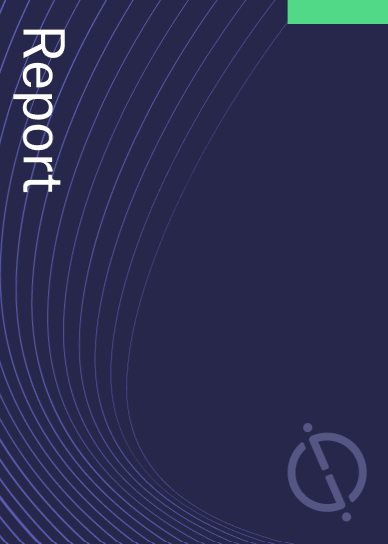The insurance industry continues to be a hotbed of innovation. Activity is driven by growing demand for digitalisation and personalisation. With growing importance of technologies such as telematics, machine learning, big data, deep learning, and data science, insurers are overcoming demographic challenges, low penetration rates, cybercrimes and fraudulent claims. In the last three years alone, there have been over 11,000 patents filed and granted in the insurance industry, according to GlobalData’s report on Cybersecurity innovation: Leading companies in Insurance data recording blockchain for the insurance industry. Buy the report here.
According to GlobalData’s Technology Foresights, which uses over 65,000 patents to analyse innovation intensity for the insurance industry, there are 90 innovation areas that will shape the future of the industry.
Insurance data recording blockchain is a key innovation area in cybersecurity
One of the main advantages of blockchain is cost savings. The use of blockchain can have an impact on claims, administration, underwriting, and product development. The majority of blockchain use cases have been concentrated on cost-cutting initiatives.
Blockchain can automate claims processes by confirming coverage between reinsurers and corporations. Additionally, it will automate payments for claims between parties, which will cut insurers administrative expenses.
GlobalData’s analysis also uncovers the companies at the forefront of each innovation area and assesses the potential reach and impact of their patenting activity across different applications and geographies. According to GlobalData, there are 10+ companies, spanning technology vendors, established insurance companies, and up-and-coming start-ups engaged in the development and application of insurance data recording blockchain.
Key players in insurance data recording blockchain – a disruptive innovation in the insurance industry
‘Application diversity’ measures the number of different applications identified for each relevant patent. It broadly splits companies into either ‘niche’ or ‘diversified’ innovators.
‘Geographic reach’ refers to the number of different countries each relevant patent is registered in. It reflects the breadth of geographic application intended, ranging from ‘global’ to ‘local’.
Patent volumes related to insurance data recording blockchain
| Company | Total patents (2010 - 2022) | Premium intelligence on the world's largest companies |
| SoftBank Group | 74 | Unlock Company Profile |
| State Farm Mutual Automobile Insurance | 45 | Unlock Company Profile |
| Memjet Technology | 45 | Unlock Company Profile |
| Toronto-Dominion Bank | 41 | Unlock Company Profile |
| eBay | 15 | Unlock Company Profile |
| Vesl | 13 | Unlock Company Profile |
| Alphabet | 9 | Unlock Company Profile |
| International Business Machines | 9 | Unlock Company Profile |
| Rpx | 7 | Unlock Company Profile |
| Pearl | 6 | Unlock Company Profile |
| BlackBerry | 5 | Unlock Company Profile |
| Dell Technologies | 5 | Unlock Company Profile |
| Flair Airlines | 5 | Unlock Company Profile |
Source: GlobalData Patent Analytics
SoftBank Group is one of the leading patent filers in using electronic metadata to verify insurance claims. Their technology includes extracting and validating metadata from a received digital file from a user, before accepting the file. The process can involve validating that a digital file contains a copy of a requisite token. Some other key patent filers in recording blockchain for the insurance industry include State Farm Mutual, Memjet Technology, The Toronto-Dominion Bank, eBay, and Alphabet.
In terms of application diversity, Pearl leads the pack, with Rpx and BlackBerry in the second and third positions, respectively. By means of geographic reach, Alphabet holds the top position, followed by Vesl and BlackBerry.
To further understand the key themes and technologies disrupting the insurance industry, access GlobalData’s latest thematic research report on Cybersecurity in Insurance.
Data Insights
From

The gold standard of business intelligence.
Blending expert knowledge with cutting-edge technology, GlobalData’s unrivalled proprietary data will enable you to decode what’s happening in your market. You can make better informed decisions and gain a future-proof advantage over your competitors.







